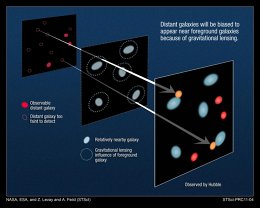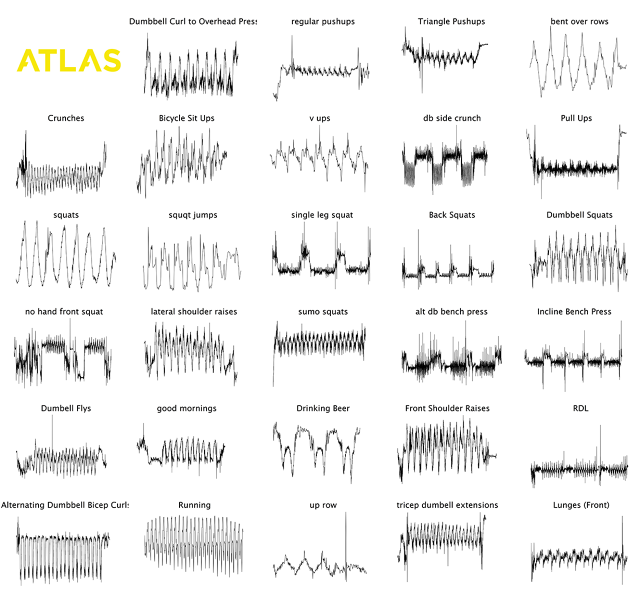Something happens during our moments of unbridled bursts of rampant creativity that is difficult to quantify. A jittery warmth swells throughout our entire bodies down to the extremities. Emotions like "fulfillment," "satisfaction," and "optimism" have been proven to feel like they are affecting the physiology of your whole body. A lot of tech people call this feeling "being in the zone," a place where creativity just seems to flow out of you. For that brief period, you have it.
To be a creator in this flow state is effortless, filled with pride and excitement. Abraham Maslow, of Maslow's Hierarchy of Needs fame, called these sessions of "extraordinary experiences" our peak experiences. We are at our most fulfilled, unified, aware. It is the physical manifestation of our true potential, he argues. Our imagination is so present that time becomes illusive. As Michael Leppo puts it in his blog post "The Builder's High," you made that thing "because you decided it needed to exist," and damn, it feels good.
This is how Scott Barry Kaufman, adjunct professor of psychology at New York University, describes the process taking place in the prefrontal cortex: The precuneus, the part of the brain associated with self-reflection and argued to be the most important for consciousness, is very active in these moments of creative output. Interestingly, the time it is most active is during sleep.
The precuneus is also considered to be the hub of the "default mode" network of the brain--the systems which work without you intentionally thinking about it. This mode is in contrast to the "executive faculty," which what psychologists call our capacities for attention and reason. During states of "normalcy," we are in control of our focuses and thought processes. When you're in the zone, this changes: Your inner monologue, co-opted by the default mode network, runs off in manic glee while the executive network effectively deactivates.
Even more interesting--the most creative people activate both of these networks at the same time, in a similar manner to schizophrenic and bipolar brains. Years ago, researches at the Karolinska Institute found the dopamine systems to be involved in this process as well, further linking theories of madness and genius, mental illness and creativity.
But not all painters are schizophrenic, and not all schizophrenics are prepared to write a masterpiece tome, but there is an in-between. A study from the Schizophrenic Bulletin acknowledges a "mild form of schizophrenia" called schizotypy. From the study:
Positive schizotypy is associated with central features of "flow"-type experience, including distinct shift in phenomenological experience, deep absorption, focus on present experience, and sense of pleasure.
The thing we're creating, the "contagion of the inner stream of consciousness," as Kaufman calls it, brings on intensely positive feelings. For example, philosopher Jacques Derrida theorized that only writing could distract him from the fears of his daily live. "Nothing intimidates me" when writing, he wrote.
A more modern example might be Beyoncé's self-proclaimed alter ego Sasha Fierce. In an interview the artist said that it's as if "something else comes into her" when she is occupying that persona. That's led to some jokes about 'Beyoncé satanism' on YouTube, but she's far from the only artist to feel this way.
In Letters to a Young Poet, Rainer Maria Rilke, a poet himself, advised his correspondent:
Go into yourself. Find out the reason that commands you to write; see whether it has spread its roots into the very depths of your heart; confess to yourself whether you would have to die if you were forbidden to write. This most of all: ask yourself in the most silent hour of your night: must I write? Dig into yourself for a deep answer. And if this answer rings out in assent, if you meet this solemn question with a strong, simple "I must", then build your life in accordance with this necessity...
When we look outside of ourselves, things begin to look more bleak. Michael Leppo, whom I cited in the second paragraph of this story, also writes:
You're fucking swimming in everyone else's moments, likes, and tweets and during these moments of consumption you are coming to believe that their brief interestingness to others makes it somehow relevant to you and worth your time.
Why do we need to leech the happiness from other people's memories? Why must we appropriate ourselves as also having experienced a person's day at the beach? Because we are hardwired to be social beings; it's a result of evolution. When we daydream, our inner monologue wanders to the future and other minds, Kaufman says. In a study about social pain, participants played a ball-tossing game that was set up so that one person would stop receiving the ball at all. From the transcript of an interview of one of the researchers on NPR's Science Friday:
...When we looked at the brains of these individuals who had just been rejected, we saw two fascinating things. The first thing we saw was that the same brain regions that register the distress of physical pain were also more active when people were left out of the game compared to when they were included. And then the second thing we saw was that the people who told us they were more bothered by being left out of the game were the people who activated these brain regions the most intensely.
Keep in mind, these people were strangers, not a close friend or family member. That humans crave such social affirmation speaks directly to the overconsumption of our social networks. Leppo wonders:
Is there a Facebook update that compares to building a thing? No, but I'd argue that 82 Facebook updates, 312 tweets, and all those delicious Instagram updates are giving you the same chemical impression that you've accomplished something of value.
Well, actually, yes--when we use these social pits like Facebook, Twitter, and Instagram, our dopamine pathways are rewarded in ways similar to eating and having sex. Egos are not only exercised, but put on full flare--80% of "conversation" is spent on ourselves. A study revealed that many 18-35-year-olds thought abstaining from social media was more difficult than not drinking, smoking, or sleeping. Our habits have made us more impatient and stupid. Such degenerative binging brings on ennui within our psyches. This calls for more productive and rewarding mental ways to invest our time. Leppo says, "When you choose to create, you're bucking the trend because you're choosing to take the time to build."
Get to work!
![]()
























